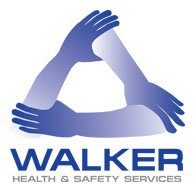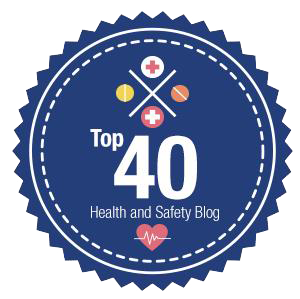- The main enforcement bodies in health and safety are the Health and Safety Executive (HSE) and the relevant local authority. Other enforcers may include the fire authority.
- Enforcement is primarily by means of workplace inspections, conducted by health and safety inspectors from the HSE or environmental health inspectors from the local authority.
- Inspectors can enter premises at any reasonable time and do not need to make an appointment.
- When inspecting a premises, an inspector may take photographs, ask questions, request to see records, take samples or remove items of equipment.
- The powers of inspectors include the issue of enforcement notices, as well as the ultimate power to prosecute a company.
- Enforcement is based upon the principles contained within the Cabinet Office Enforcement Concordat.
- If an inspector considers prosecution may be appropriate, he must ensure the case passes the evidential and public interest tests laid down in the Code for Crown Prosecutors. Prosecution should only follow if both tests are satisfied.
Contact Walker Health and Safety Services Limited if you require advice.









